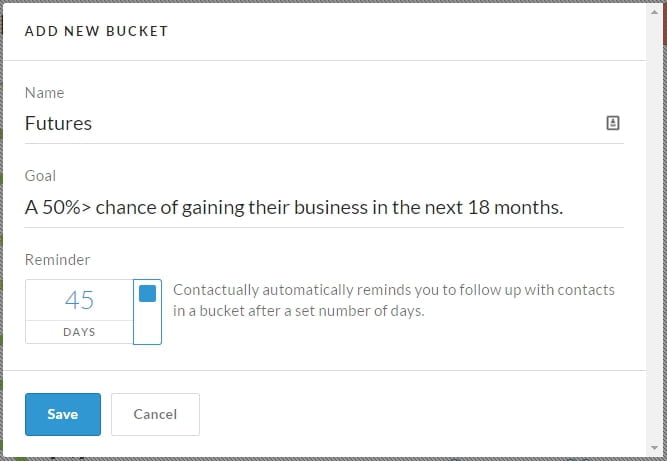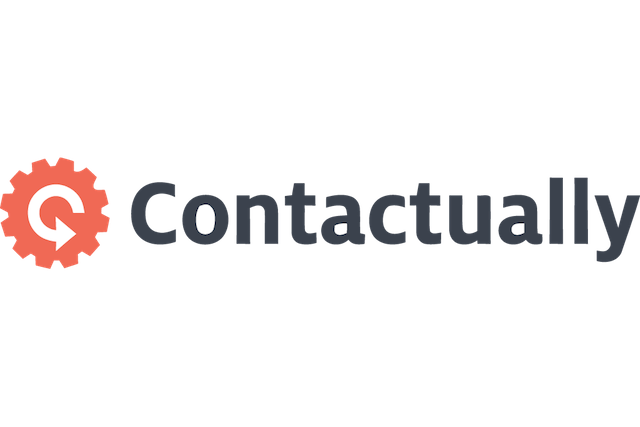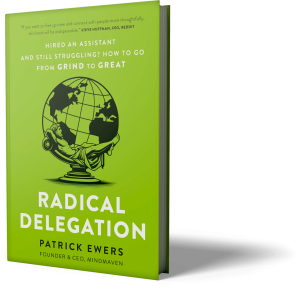
As part of my ongoing effort to help users get started with Contactually, I’m going to talk about some pragmatic steps you can use when you’re creating your buckets. This is a useful exercise to help you think about how to group people in your network, thereby avoiding some of the problems new users face when trying to organize their contacts. The goal here is to focus in on the people who will make the most impact to your business through referrals and get them bucketed correctly from the start.
1. First, the golden rule: “Less is more.”
A common problem people run into when setting up Contactually is that they attempt to bucket their entire network. This can be a very large number of contacts if you’re active on social media or you really know a lot of people. This tendency to overbucket leads to two problems:
- One is what I call “bucketing fatigue.” It’s creating buckets for every conceivable category of people without any real process to define what these buckets mean.
- The other is when you have all these buckets, you start getting overwhelmed by the reminders to stay in touch with them.
Avoid bucketing your entire network, or you’ll have bucketing fatigue! Tweet this
Contactually is built on the premise that with every single dashboard recommendation you recieve you should have a reaction of “Oh yeah! I should reach out to Rick.” If you don’t find yourself having that reaction, it means you have too many buckets, and likely, too many people in them. The best thing to do is to start with fewer buckets and use a simple process to determine who goes in those buckets. Keep in mind that starting with as few as three buckets can keep it very easy and allow you to take advantage of all the features Contactually offers – without it becoming overwhelming. You can check out the three buckets that will most likely triple your success in my previous post.
Remember that 80% of new business comes from 20% of your network! Tweet this
Stop and ponder this for a moment: If you’re in a referral-based business, as many of us are, it’s likely that 80% of your new business comes from 20% of the people in your entire network. These are the people who you estimate are likely to bring you the most leads and the most deals. So the idea when using Contactually is to focus on this 20% because they are the ones who will be most relevant to your business. By having this focus at the start, you can avoid the pitfall of getting in over your head and ending up with reminders to reach out to people who really have nothing to do with helping you get referrals.
2. Take time and think carefully: Who are the 20% of people in my network who produce 80% of my referrals?
This is an important step in getting the most out of Contactually. Don’t rush through it. Just begin by asking yourself which individuals have had a major impact on the success of your firm. Create this list of people and then start forming groups that you think they belong to. As you group them, ask yourself, “What is this person’s reason or motivation for referring business to me? Is it true for everybody in this group?” Then use this as a scheme for bucketing them.
Here is an example of a process you might go through:
Pete Wilson is a lawyer, and he’s also a former client of yours who is very happy with the services you provided. Whenever Pete comes across somebody who has a need you can fulfill, he introduces you, bringing you new business. Because of this, Pete meets the requirement for belonging to the 20% of your network who sends you referrals. Now at this point, you may think, “Why not group him in a group called ‘Lawyers?” Before you categorize him as a ‘Lawyer,’ I challenge you to dig deeper: “Do I have other former clients capable of sending me referrals, but they are not lawyers?” Maybe the answer is ‘yes’ because you know an intermediary named Jeff who has this similar motivation of sending you opportunities.
When you think this through, it’s not because he’s a lawyer that Pete is sending you referrals, and it’s not because Jeff is an intermediary that he’s sending you opportunities. It’s because they’re both former clients. They have the same motivation because they’ve worked with you before, and they’re equally confident with the quality of your work. Furthermore, they would both recommend you to the people that they know who could use help with your services. So the right bucketing concept here is to create a ‘Former Clients’ bucket and group everyone who has done business with you and who also drives referrals your way into this bucket, regardless of their formal occupation.
Who has had the most impact on the success of your firm? Tweet this
Another way you can create buckets is to assign a maximum number of contacts per bucket. For instance, you could have a bucket named ‘Former Clients’ that has 50 contacts in it, but you may decide you need a bucket called ‘Former Clients Top 20’ which makes it crystal clear to you who your top-tier referral sources are. If you start with useful categories, it will make it easier for you to bucket people based on these characteristics.
3. Name your buckets, and set your goals and reminder frequencies.
All right! You’ve come pretty far along. You’ve done the hard work of coming up with your groups of individuals. Start naming them, but try to avoid categorizations that are too specific such as ‘Venture Capitalists,’ unless there is a clear indication for why they should be named this way. Each bucket in your naming convention needs to pass a test of why you’re touching these people. So go into Contactually, click on ‘Buckets.’ Then click on ‘Add Bucket – New Bucket.’ Enter the name of your bucket and set a goal in the Goal field. The goal will be the test you use to ensure that everyone you place in that bucket is in the right place. An effective goal explains the reason you want to reach out to these people.
In the example below, the Futures bucket is defined with a goal of containing people from your network who have a 50% and greater likelihood of needing a service such as yours within the next 18 months. In this case, we chose 45 days as the reminder frequency for when Contactually will make recommendations to reach out. As a general rule, I recommend choosing 45 days, 60 days, or 90 days. Pick a frequency you can handle and that makes sense for you.

4. Populate the buckets with the right people.
You can upload these lists from your computer. Whether you have 3 buckets or 10 buckets, you’ll likely have two types of people: people who are well known to you who are sending you referrals and people who are less productive in sending you referrals. If you use these principles when setting up your buckets, you’ll have a way to make them all productive just by staying in touch with them on a regular frequency. If you’ve reached this point, congratulations! You’re well on your way.
Night image courtesy of jBrickman at morguefile.com[/fusion_builder_column][/fusion_builder_row][/fusion_builder_container]


